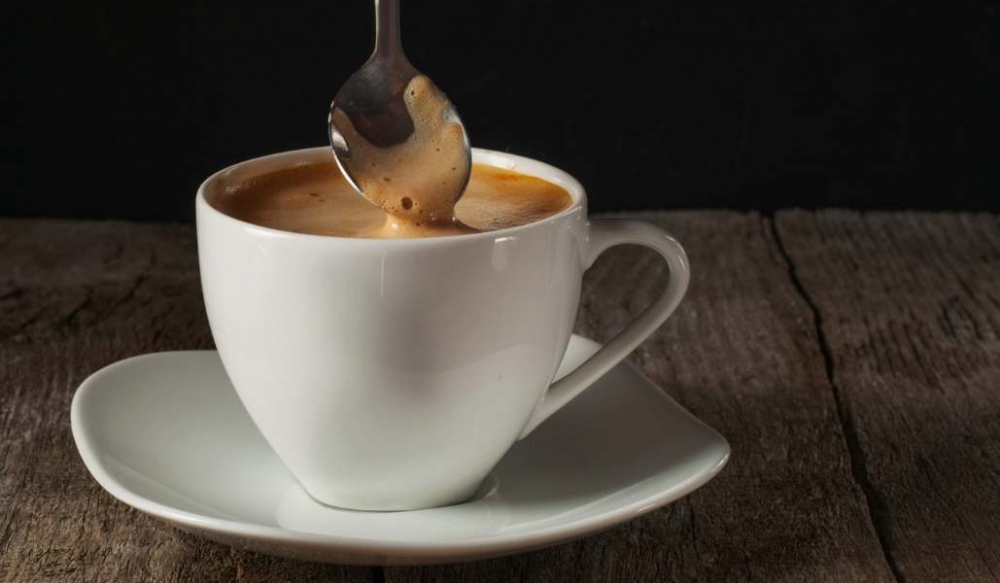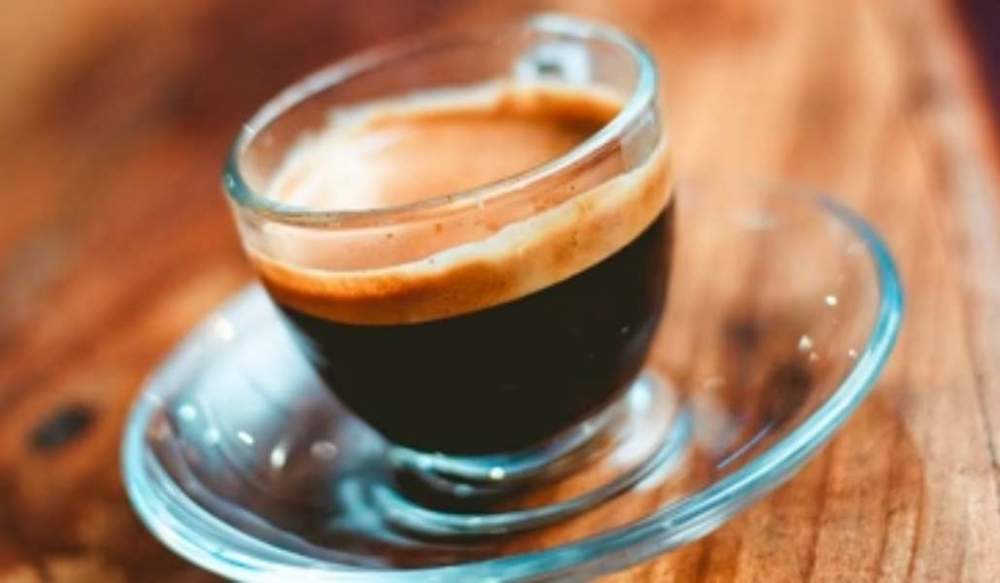Coffee crema is that characteristic tan-colored foam that rests on top of a freshly extracted shot of espresso. While it may seem like crema is just a secondary aspect of a great cup of coffee, in reality, it's more complex than that.
What is crema?
Crema is a flavorful, aromatic, reddish-brown froth that rests on top of a shot of espresso. It is formed when air bubbles combine with the soluble oils in finely ground coffee. Some people refer to this as the "Guinness effect" because it resembles the head on a pour of the popular Irish stout.
A rich crema in an espresso shot indicates that the coffee grounds were evenly ground and of high quality, with the right level of compression, along with a skilled barista. Crema helps enhance the fullness of flavor and prolong the aftertaste compared to drip coffee.

What is the perfect crema?
Baristas may have different opinions on what constitutes the perfect crema, but the basic goal is to extract an espresso shot with crema that is neither too thick nor too thin, and it should linger for about two minutes.
Some points to keep in mind when extracting an espresso with crema:
- If there is too much crema in the cup, it means you'll have less actual espresso. Many baristas aim for crema that accounts for about one-tenth of the espresso volume.
- Factors such as over-extraction, under-extraction, and the fineness of the coffee grind can all affect crema.
- If your crema "disappears" in less than a minute, it indicates that the extraction was too fast, or the coffee roast was too light.
- Extraction from a quality espresso machine should take between 15 and 30 seconds, although this can vary from one machine to another.
- Remember to preheat the group head before pulling a shot and clean the machine regularly to ensure proper functioning. A dirty machine can contribute to a bitter-tasting espresso.

Factors that affect crema
You may not have complete control over your espresso's crema. In addition to perfecting the espresso-making technique, crema can be influenced by several additional factors:
- Freshly roasted coffee beans produce more crema in espresso because the coffee bean oils are still being released during the roasting process. If your local coffee house roasts their own beans, you may notice a more pronounced crema compared to one that doesn't roast on-site.
- In general, darker coffee beans produce less crema due to the oils rubbing off during handling, packaging, and grinding. However, a very light roast is also not known to produce an ideal crema.
- Naturally processed coffee beans often yield the best crema because more of the oils are left intact.
Is crema really that important?
While a good crema may seem to define a perfect espresso, it's not as critical as some people claim. Crema adds to the flavor of the espresso and is desired, but in reality, it is entirely possible to have a great-tasting cup of espresso without the perfect crema.

Espresso is all about the taste. If you enjoy your cup, that's what matters most. Don't be too concerned about not having a perfect crema or think that you've failed to extract a great espresso. Remember that the quality of the coffee beans, the roasting process, and the espresso machine all play crucial roles, and any of these factors may not align perfectly every time.
VINBARISTA - ALL YOUR COFFEE NEEDS
Trang thương mại điện tử thuộc Cubes Asia
- Tư vấn mua hàng: 0909 244 388
- Fanpage: Vinbarista - máy pha cafe & cafe
- Website: https://vinbarista.com/
Địa chỉ cửa hàng:
